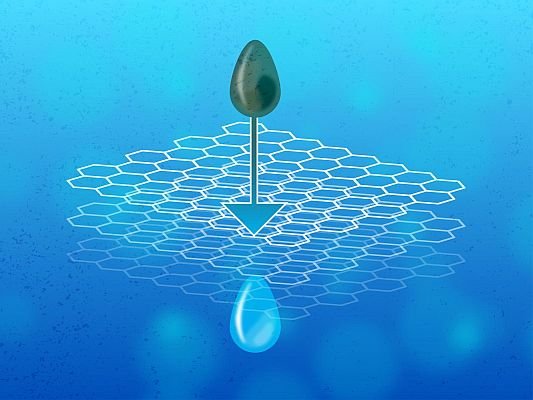Scientists at the Department of Energy’s Pacific Northwest National Laboratory (PNNL) are now collaborating with industry to evaluate a method that employs magnetic nanoparticles to extract important elements such as lithium from diverse water sources.
PNNL is working on magnetic nanoparticles encased in an adsorbent shell that hooks onto lithium and other metals found in water connected with various industrial operations.
These sources might include geothermal power plant water, often known as geothermal brines, or water extracted from the subsurface during oil or gas extraction. The particles might potentially be employed in desalination plant effluent or straight from saltwater.
The lithium is taken out of the water and attaches to the small, iron-based particles once they are introduced to it.
The nanoparticles may then be gathered in minutes with the assistance of a magnet, with the lithium hitching a ride, no longer floating in the liquid and ready for easy extraction. The recharged nanoparticles can be utilised again once the lithium has been retrieved.
This system is a possible alternative to traditional extraction methods that involve pumping groundwater into big, expensive evaporating ponds.
If this PNNL technique is used at geothermal facilities, the value of recovered lithium might possibly boost the cost-effectiveness of this type of renewable energy, which utilizes water to trap heat deep beneath the Earth’s surface and convert it to electricity.
This innovative technique taken is very impressive. It promises to extract key minerals in a timely and cost-effective manner.
Reference- PNNL website & PR, Clean Technica, Science Alert, Popular Mechanics
